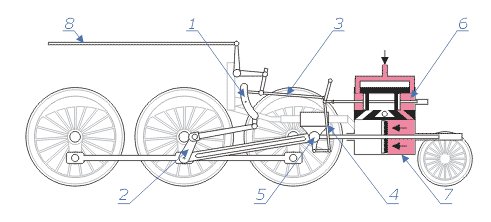Huawei Overtakes Apple in Global Fitness Tracker Market During Q1 2025

In a surprising turn of events, Huawei has captured the leading position in the global wrist-worn wearable market, surpassing Apple in the first quarter of 2025. This shift is largely attributed to a remarkable resurgence of basic fitness trackers, according to a report released by International Data Corporation (IDC) on June 29, 2025. The report indicates that the overall market for wrist-worn devices grew by 10.5% in the first quarter, with a total of 45.6 million units shipped. While smartwatches experienced moderate growth of 4.8%, the significant story was a 34% increase in fitness band shipments, which were particularly buoyed by a 37.6% surge in the Chinese market.
Huawei’s rise in market share can be traced back to its comprehensive HarmonyOS ecosystem and the successful launch of its affordable Band 10. The company also re-entered the premium segment with the Huawei Watch 5, which is expected to have contributed to its robust sales figures. As a result, Huawei's share in the fitness tracker segment allowed it to outpace Apple, which despite its loss of the top position, recorded its strongest shipment growth since 2023. IDC analysts speculate that this growth was influenced by U.S. retailers increasing stock levels in anticipation of possible tariffs, alongside competitive pricing strategies in China.
The surge in the Chinese market is particularly noteworthy, driven by government intervention in the form of subsidies and the introduction of a national initiative called the 'Healthy Weight Management Action' plan. This three-year campaign aims to address obesity issues and is projected to enhance the adoption of health-focused wearables among the population. According to Dr. Emily Chen, a health technology researcher at the Beijing Institute of Technology, the government’s commitment to promoting healthier lifestyles is expected to have a long-lasting impact on consumer behavior towards wearable technology.
Xiaomi also saw significant growth in the same quarter, mainly in its domestic market, while Garmin managed to regain a spot in the global top five through its consistent product launches. IDC forecasts that the wrist-worn market in China will expand by 36.9% throughout 2025, indicating that the current interest in simpler, health-focused devices is likely to continue shaping the global wearable landscape.
Looking ahead, industry experts are closely monitoring these trends, especially as the second quarter approaches. The competitive landscape indicates a dynamic shift where traditional smartwatch manufacturers must adapt to the growing demand for basic fitness trackers. Dr. Sarah Johnson, a professor of Marketing at Harvard University, notes that companies like Apple may need to reconsider their product strategies to remain relevant in an evolving market.
In conclusion, Huawei's ascendance in the wearable market reflects a broader trend towards health-oriented technologies, particularly in Asia. As the consumer electronics industry continues to evolve, the interplay of affordability, government initiatives, and innovation will play critical roles in shaping the future of wearable technology globally.
Advertisement
Tags
Advertisement





